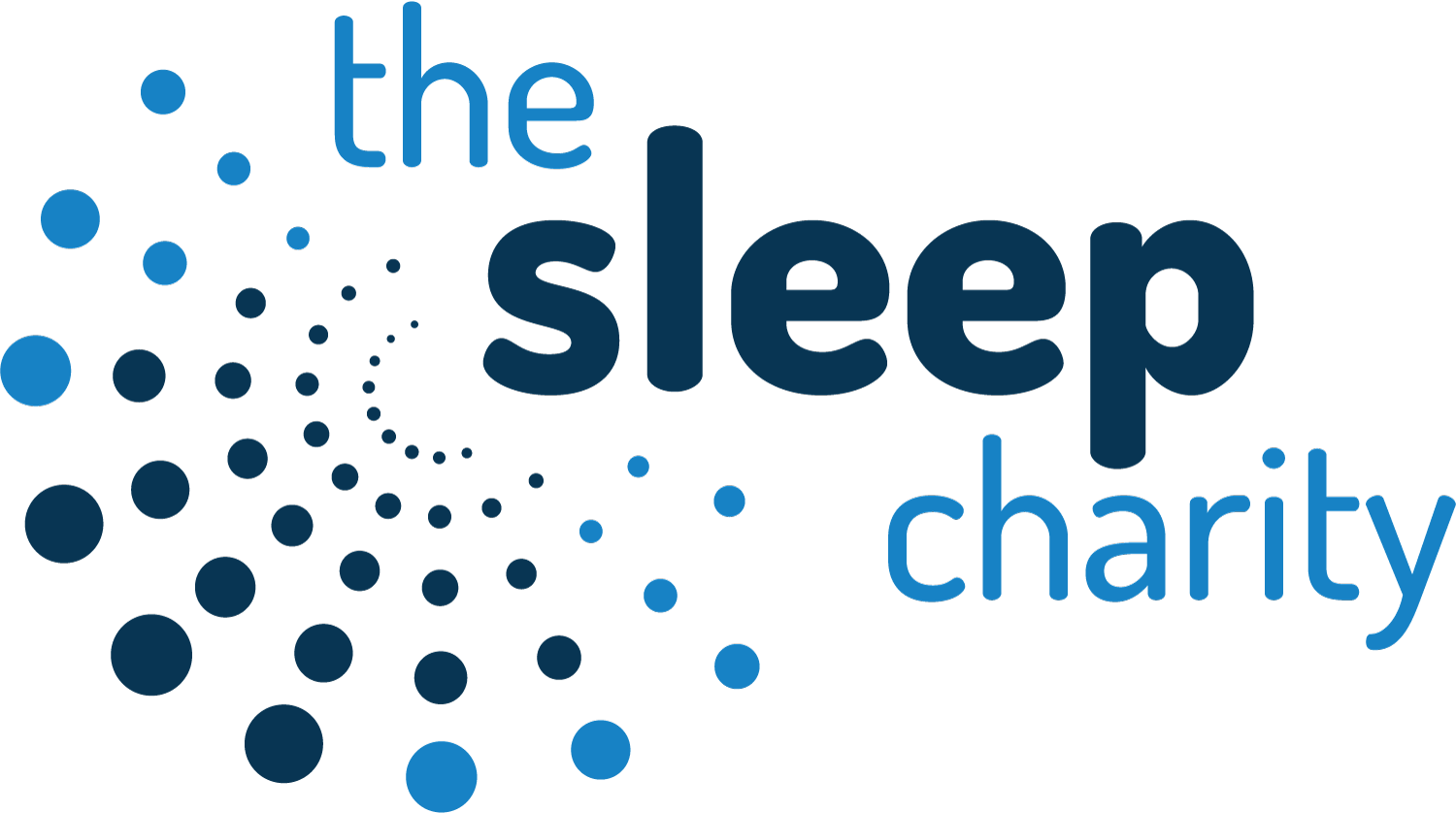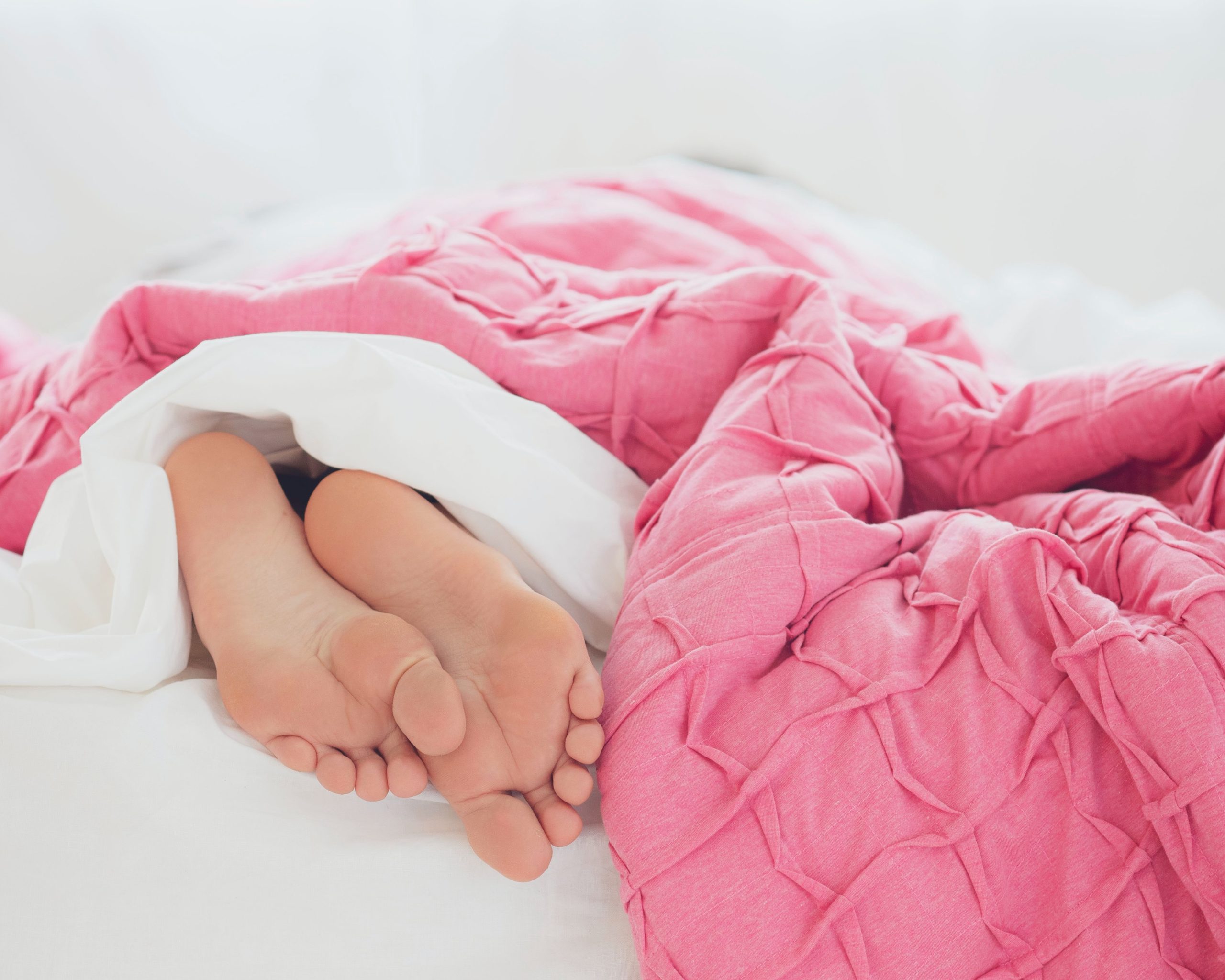With the school summer holidays in full swing, Philippa Warford from Bed Advice UK (brought to you by the National Bed Federation), shares why you might need to add bed-shopping to your family activity list this summer.
We make sure our child’s school uniform still fits them and that their shoes are the right size, that they keep active and are eating their fruit and vegetables (we can only try!), but their bed also plays a crucial part in their growing process.
A comfortable, supportive bed that is the right size for your child’s growing body supports their health and wellbeing and goes hand in hand with them achieving a healthy and restorative sleep when they need it the most.
A child’s bed needs to provide adequate support for growing bones and muscles by holding the spine in correct alignment, with sufficient comfort layers to cradle the body’s contours.
An old, lumpy bed is not likely going to help to support quality sleep, which is crucial to help with concentration and performance during the school day.
How to check if my child’s bed is up to scratch
Make the most of the summer holidays and give your child’s bed an MOT. Strip the sheets and mattress protector and feel around the mattress and bed base. Are there any lumps and bumps? Are there any stains that need removing? Are there any broken slats? Is it the correct length for your child, and is it still comfortable?
When should I replace my child’s mattress?
Parents and caregivers should aim to change their child’s bed or mattress at significant growth periods. For example, a teenager who has suddenly shot up to 6ft needs a bed that will enable their feet to stay on the mattress and not hang over the end.
With the rate that children grow (height and weight), it is impossible for a bed that was bought when your child was six or seven years old still provides the support required when they reach their teens. Check your child’s height, as the summer always tends to bring a real growth spurt!
What to look out for when buying a new bed for my child
- Children’s mattresses can be either foam or sprung. Mattresses containing memory foam are generally not recommended for young children.
- If a child has asthma, eczema, or rhinitis, choose a mattress and bedding with hypo-allergenic fillings which avoid known irritants such as feathers or hair.
- If you buy a mattress and bed base separately, always check they will fit together, as bed sizes are not standardised.
- Do not buy second-hand or use hand-me-down mattresses. It will not provide the support and comfort needed for growing children and could be a health or safety hazard.
- If buying bunk beds, ensure they have the correct safety standards (BS EN747) and regulations (entrapment hazards) with which manufacturers and retailers should comply.
- Look for the NBF Approved logo to give you peace of mind that the bed you is clean, safe and as described.

